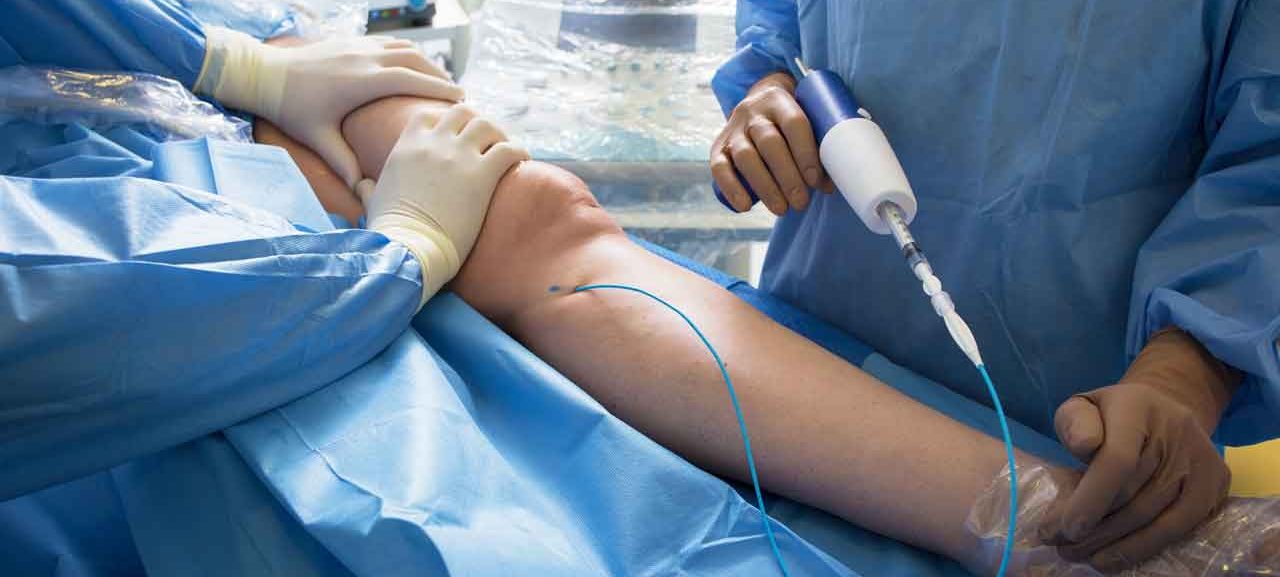How to Decrease Peripheral Artery Disease Symptoms

Leg pain from blocked arteries, one of several peripheral artery disease symptoms, can improve with exercise that improves your blood flow.
Up to 20 percent of Americans over the age of 60 may experience peripheral artery disease (PAD) symptoms: pain in their thighs, calves, feet, or buttocks while moving. Maybe it’s easy to walk on a flat street, but going uphill brings on cramps, an ache, or stabbing pain. One leg might feel heavy, weak, or numb when you climb stairs. PAD is the reason for an estimated 20 percent of all U.S. hospital admissions.
YOU MIGHT ALSO LIKE: Our Healthy Heart Center
What is peripheral artery disease?
Over time, plaque builds up and narrows the arteries that bring blood from your heart to other parts of your body, typically your legs. Peripheral artery disease symptoms arise in an area that isn’t getting the oxygen-rich blood it needs to perform a task. The discomfort goes away when you stop moving. People with peripheral artery disease symptoms have a higher risk of heart disease and stroke. Smoking, high cholesterol, high blood pressure, and diabetes all add to your risk of having PAD.
You might notice that your painful leg has less hair, noticeable veins, or pale or bluish skin, or develops slow-healing sores.
Peripheral artery disease treatment
Standard peripheral artery disease treatment in severe cases involves a simple surgery, placing a tiny metal mesh tube called a stent inside a clogged artery to keep it open. Some people think they shouldn’t use their legs when movement hurts. Actually, exercise is essential.
Updated:
March 02, 2020
Reviewed By:
Janet O’Dell, RN